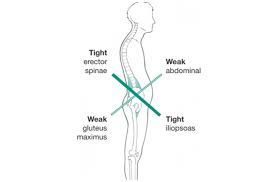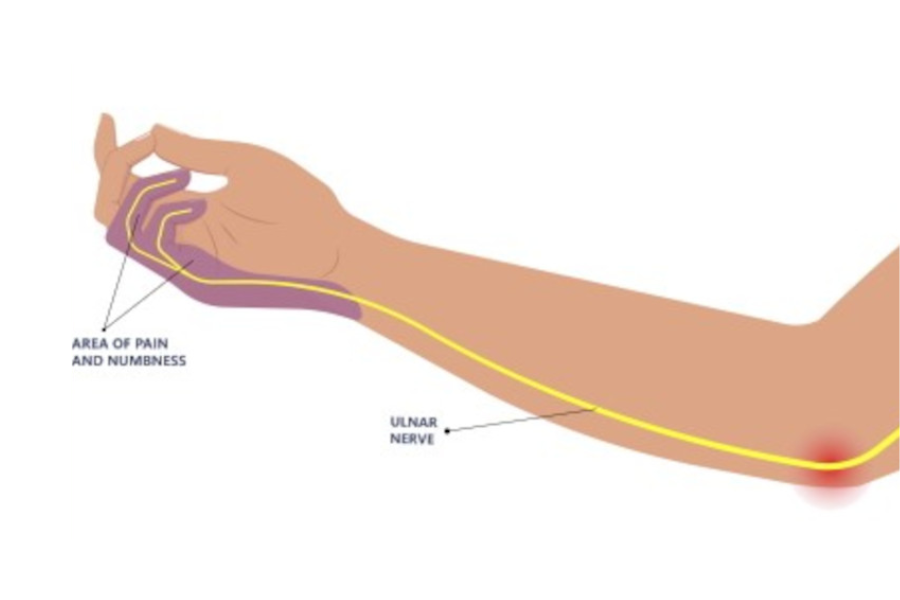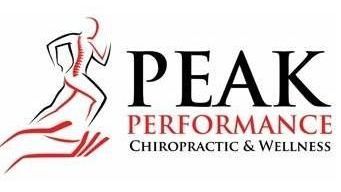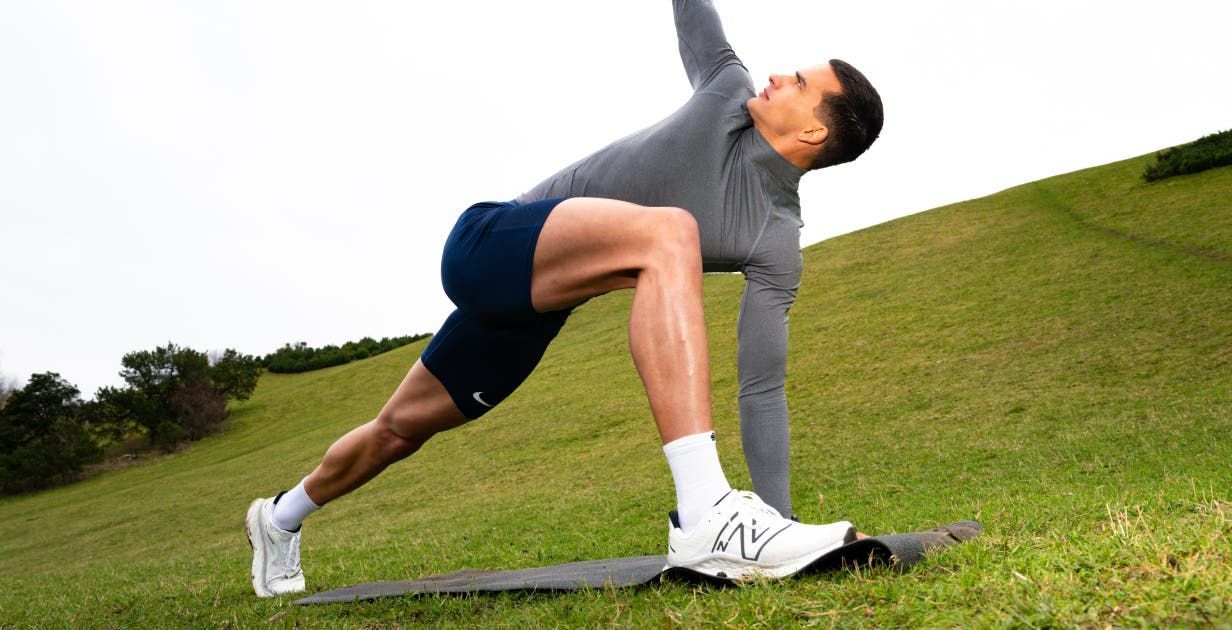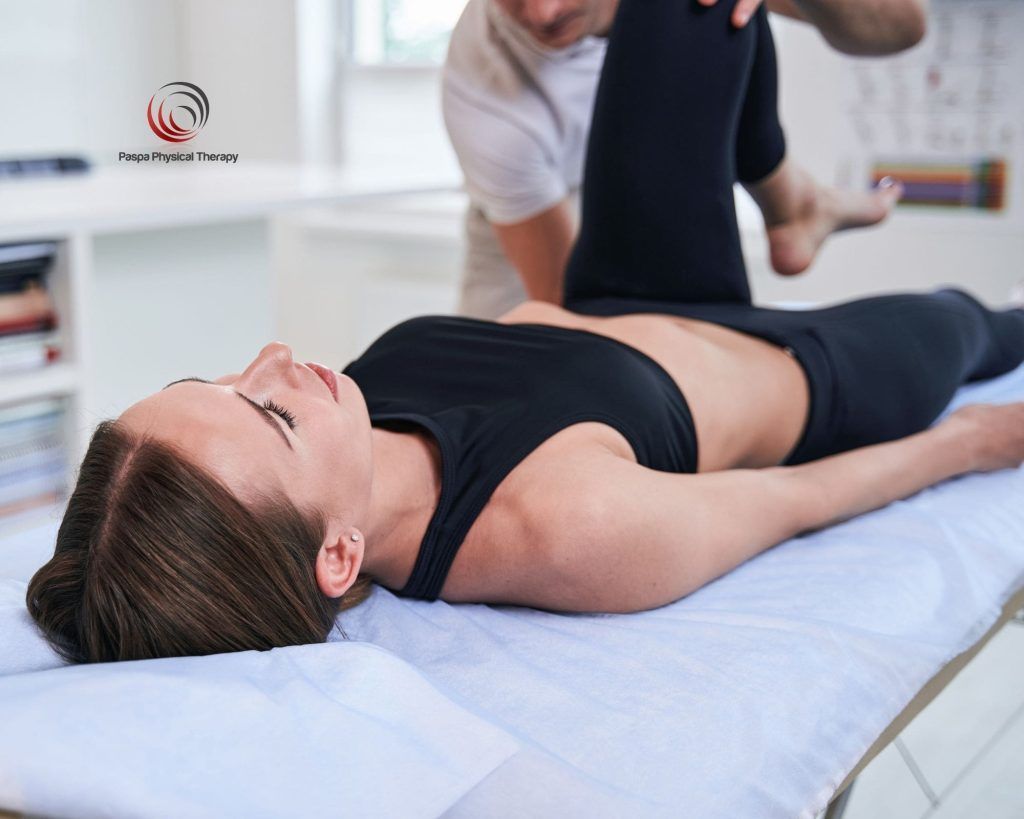Battling the Spins: Understanding BPPV and How to Fix It
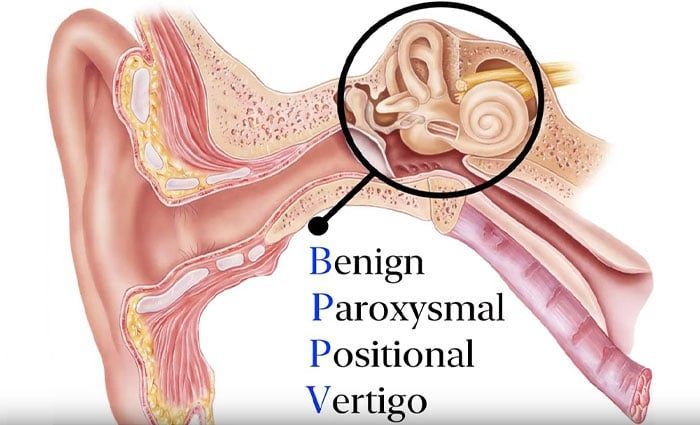
If you've ever stood up too fast and felt the world tilt around you, imagine experiencing that sensation unpredictably throughout the day. That’s what life is like for those with Benign Paroxysmal Positional Vertigo (BPPV). It’s a long name for a dizzying problem, but the good news is—it’s treatable! Whether you’re feeling like you just stepped off a carnival ride or have a loved one dealing with this disorienting condition, we’ve got you covered with the what, why, and how of BPPV, plus step-by-step guides to proven maneuvers that can help reset your balance.
What is BPPV?
BPPV is one of the most common causes of vertigo, a condition that makes you feel like you're spinning or your surroundings are moving around you. The “benign” part means it’s not life-threatening, and “paroxysmal” refers to its sudden onset. “Positional” tells us that it’s triggered by changes in head position—like rolling over in bed, looking up, or bending down.
The culprit? Tiny calcium carbonate crystals called otoconia, which normally reside in the utricle of your inner ear, where they help detect movement. When these crystals get dislodged and float into the semicircular canals, they interfere with normal fluid movement, sending false signals to the brain and causing vertigo.
Why Does BPPV Happen?
BPPV can occur for a variety of reasons, including:
- Aging – The most common cause, as structures in the inner ear naturally degenerate over time.
- Head Trauma – A blow to the head can displace the crystals, leading to vertigo.
- Inner Ear Disorders – Conditions like labyrinthitis or Meniere’s disease can increase susceptibility.
- Prolonged Bed Rest – Lying flat for extended periods can contribute to crystal displacement.
- Idiopathic Causes – Sometimes, BPPV happens with no apparent reason (lucky you!).
How to Treat BPPV
The good news? BPPV is highly treatable, and most people experience significant relief with simple maneuvers designed to reposition the displaced crystals. Chiropractic care, particularly when incorporating vestibular rehabilitation, can also be incredibly beneficial in addressing balance issues and restoring proper nervous system function.
Chiropractic Care for BPPV
Chiropractic care takes a whole-body approach to health. By focusing on the nervous system, chiropractic adjustments can help improve proprioception (your body's ability to sense where it is in space) and ensure that your vestibular system—the part of your inner ear responsible for balance—is functioning optimally. The spine isn’t the only thing they keep in line!
Step-by-Step Guide: The Semont Plus Maneuver
The Semont Plus Maneuver is a newer, more effective variation of the traditional Semont maneuver. It’s quick and helps reposition the crystals in the inner ear to reduce vertigo.
- Start Seated – Sit on a flat surface with your legs hanging over the edge and your head turned 45 degrees toward the unaffected ear (the ear that does NOT cause vertigo).
- Lie Down Quickly – Keeping your head turned, rapidly lie down on the side of the affected ear (the one causing vertigo). Stay here for 30 seconds.
- Flip to the Other Side – In one swift motion, move to lie on the opposite side without changing the direction of your head. Your nose should now be pointing downward. Hold this position for 30 seconds.
- Return to Sitting – Slowly sit up and keep your head level for a few minutes.
Step-by-Step Guide: The Epley Maneuver
The Epley Maneuver is another well-known technique that helps reposition otoconia and alleviate vertigo. Here’s how to do it:
- Start Seated – Sit on a bed or flat surface with your legs extended and your head turned 45 degrees toward the affected ear.
- Lie Back – Quickly lie down on your back with your head still turned. Let it hang slightly off the edge of the surface. Hold for 30 seconds.
- Turn Your Head – Slowly turn your head 90 degrees to the opposite side (so your face is now 45 degrees toward the unaffected ear). Hold for 30 seconds.
- Roll Onto Your Side – Continue turning your head and body another 90 degrees until you’re lying on your side, now facing the ground. Hold for another 30 seconds.
- Return to Sitting – Slowly sit up and remain still for a few minutes to let your inner ear settle.
These maneuvers helps move the dislodged crystals out of the semicircular canals and back where they belong. Perform either of these maneuvers 1-3 times per day until symptoms resolve.
Aftercare and Prevention
Once you’ve successfully repositioned the crystals, keep these tips in mind to prevent recurrence:
- Avoid sudden head movements for the next 24 hours.
- Sleep propped up with extra pillows for the first night.
- Be mindful of head positioning when lying down or getting up.
- Visit your chiropractor for regular check-ups to keep your vestibular system and nervous system functioning optimally.
When to Seek Professional Help
While most cases of BPPV resolve with repositioning maneuvers, some require additional treatment. Seek help if:
- Your symptoms persist despite performing maneuvers correctly.
- You experience severe nausea or vomiting.
- You have difficulty walking or standing.
- Your vertigo is accompanied by neurological symptoms like double vision, weakness, or trouble speaking.
Final Thoughts
BPPV may make you feel like you’re trapped in a dizzying rollercoaster ride, but relief is within reach. Whether you choose chiropractic care, at-home maneuvers, or a combination of both, the key is consistency and proper technique. If vertigo has been throwing off your game, come see us at Peak Performance in Buffalo, NY—we’ll help you regain your balance and keep your feet firmly on the ground!
Bethany Wolcott
D’Youville Chiropractic ‘26


